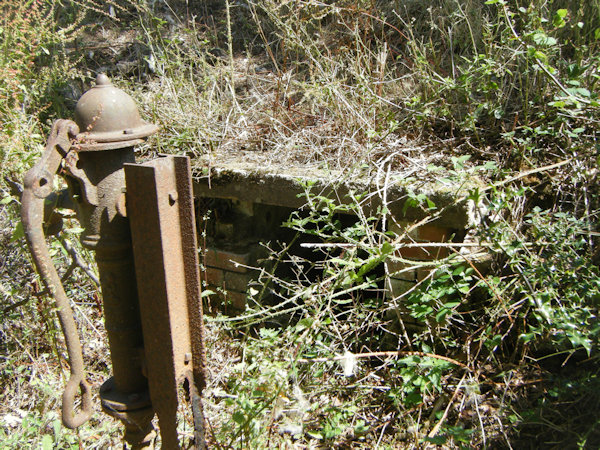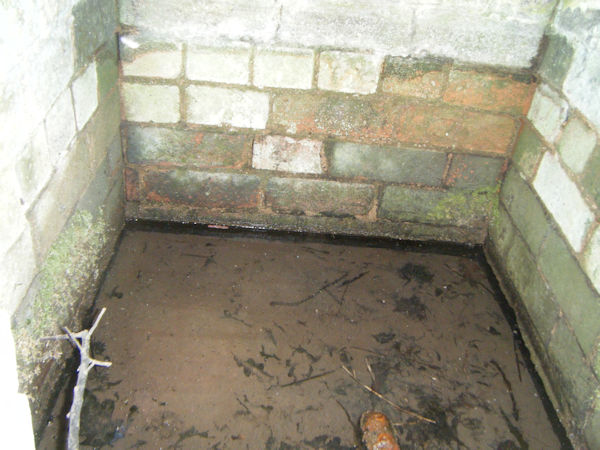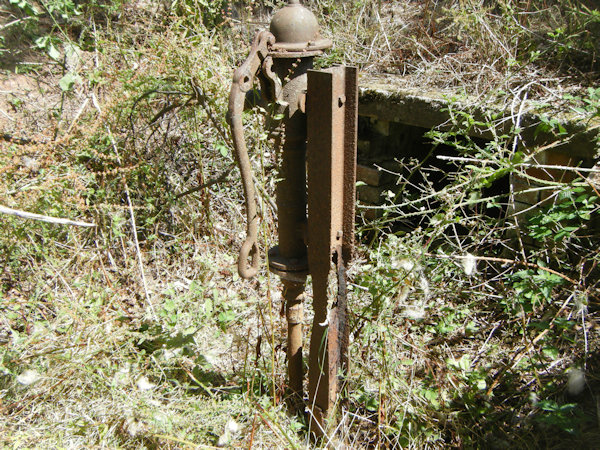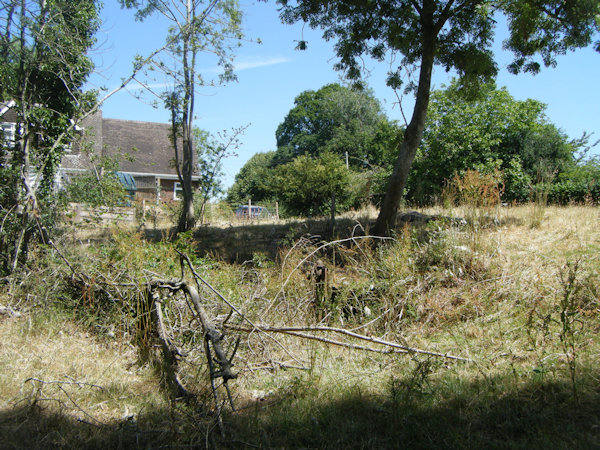 |
Dedication: none Location: Chetton Coordinates: 52.50989W, -2.49885W Grid reference: SO662903 Heritage designation: none |
HOME - ENGLAND - SHROPSHIRE
 |
Dedication: none Location: Chetton Coordinates: 52.50989W, -2.49885W Grid reference: SO662903 Heritage designation: none |
Very little is recorded about Chetton's undoubtedly medieval holy well. It certainly had a connection to the nearby church of St Giles, which is linked to the site via an existing public footpath, and its water definitely would have been used in the church for baptisms. Apart from this, however, and the fact that the well was once believed to have the power to cure "cripples or weakly persons" (this is almost certainly a remnant of a medieval tradition), nothing is known regarding its uses in medieval times; nonetheless, there was evidently a tradition of bathing at the site.
R. C. Hope, who is really the only authority regarding the history of this well, reported in his Legendary Lore of the Holy Wells of England (1893) that the last person known to have been "dipped in the well" was "Mary Anne Jones", who had bathed in the spring in 1817, aged 11, and had "subsequently died" in around 1830, at the age of 24; this information was supplied to Hope by the younger sister of Mary, who was, by then, one of the "oldest inhabitants of the parish". It is clear that the custom of bathing in this well must have died out by the later decades of the 19th century, because the spring was then encased in a new structure, and a pump, at some point, was installed next to it. The Holy Well was certainly still the settlement's most easily accessible and, perhaps, best water supply, even if it was no longer used for healing. However, by the time that Hope came to compiling the Legendary Lore of Holy Wells in England, the spring had evidently fallen out of use, and the site was "considerably covered up with undergrowth".
The site had changed little by the time that I visited Chetton in July 2025. Both the well and pump are located in a small but definite hollow that was presumably created by the spring when it was much more powerful. The pump, situated around a metre east of the spring, was rusted and had very clearly been broken for a long time. The spring itself was housed in a brick structure, topped with a slab of concrete, that closely resembled Ffynnon Deiniol, near Llyn Tegid, Merionethshire. Although the basin held some water, the spring was not exactly proliferous; it is worth noting, however, that I visited the site on one of the hottest days of the year, which undoubtedly affected the supply.
It has been speculated that the well may once have shared the patronage of the church, which is dedicated to St Giles; whilst this is possible, I have found no evidence to support this theory, and it is quite likely that it simply never had a patron saint.
 |
 |
 |
|
Access: A public footpath runs right beside the well. |
Copyright 2025 britishholywells.co.uk